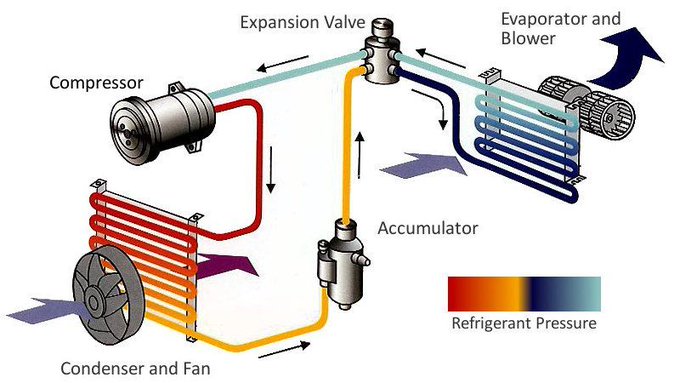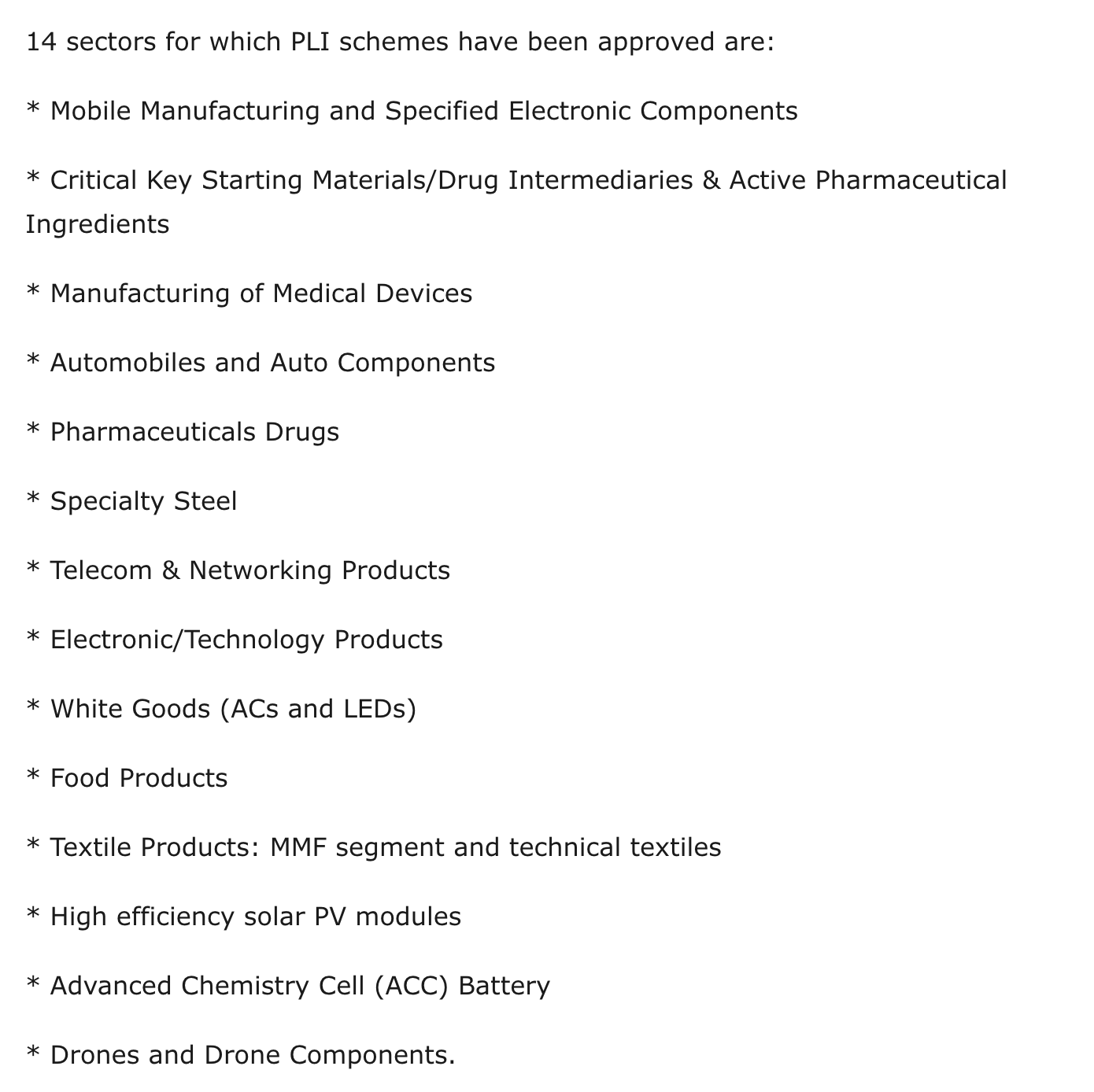India ’s Product Linked Incentive (PLI) Scheme has emerged as a game-changer. It addresses the country’s over-dependence on Chinese imports. As the summer heat drives up air conditioner (AC) sales, let’s take a look into how the PLI scheme is reshaping the AC industry and fostering national manufacturing champions.
The AC Industry: A $5 Billion Market
The room-air conditioner market in India is projected to reach a staggering $5 billion by 2027–28. However, a significant challenge lies in the heavy reliance on China for critical AC components, including heat exchangers and compressors. Over 75% of these components were imported from China, leaving India vulnerable to supply disruptions and economic fluctuations.
The Birth of the PLI Scheme
To address this dependence and boost domestic manufacturing, the Indian government introduced the Product Linked Incentive Scheme. Launched just 18 months ago, this scheme has already yielded remarkable results.
Key Achievements
- Component Manufacturing Surge: Within a short span, component manufacturing in India has surged from 25% to an impressive 45%. This growth trajectory is a testament to the PLI scheme’s effectiveness.
- Targeting 75% Domestic Production: The original target for achieving 75% domestic production was set for FY 2027–28. The rapid progress, however, suggests that we may achieve this goal even sooner.
Understanding the PLI Scheme
The PLI scheme operates on a simple principle: manufacturers invest in expanding production capacity. In return, the government rewards them with a share of the incremental production over five years. The total incentive outlay planned under the scheme is a substantial 1.97 lakh crore ($26 billion), covering 14 key sectors.
Focus on White Goods: ACs and LEDs
In the white goods industry, which includes ACs and LEDs, 42 beneficiaries have been selected under the PLI scheme. These manufacturers are expected to make an indicative investment of Rs. 4,614 crore.
How is this scheme is transforming the AC industry:
- Reducing Imports: It incentivizes local production. The PLI scheme curtails the need for importing critical components. This strengthens India’s self-reliance and stabilises supply chain.
- Creating Jobs: Increased manufacturing translates to more employment opportunities. The factories expand and production lines grow. Skilled and unskilled workers find meaningful employment.
- Enhancing Technological Capabilities: To meet the PLI targets, manufacturers invest in research and development. This leads to technological advancements. It improves product quality and competitiveness.
- Boosting Exports: A robust domestic manufacturing base enables India to export ACs and related components. The PLI scheme positions Indian manufacturers to compete globally.
Additional Insights
While the PLI scheme has made significant strides in the AC industry, its impact extends beyond manufacturing numbers:
- Strategic Independence: By reducing dependence on Chinese imports, India gains strategic independence. This boosts national security and economic stability.
- Spillover Effects: The success of the PLI scheme inspires other industries to adopt similar strategies. It sets a precedence promoting indigenous manufacturing across diverse sectors.
- Collaboration with Private Sector: The PLI scheme encourages collaboration between the government and private enterprises, proving that innovation and investment go hand in hand.
The Modi government strategically introduced the PLI scheme to diminish dependence on imports. It fosters innovation and drive the nation toward self-sufficiency. The AC industry flourishes under this scheme. India is actively progressing toward manufacturing excellence, with the PLI scheme playing a central role in this transformative effort.





